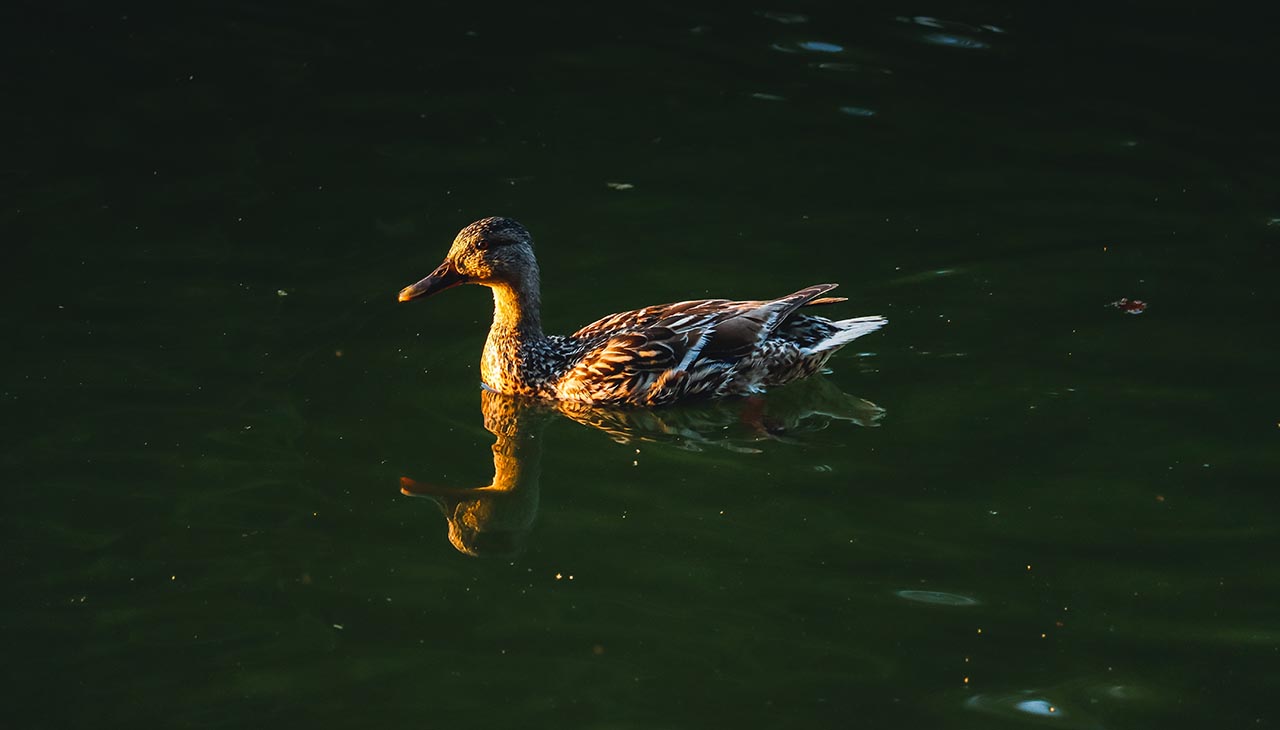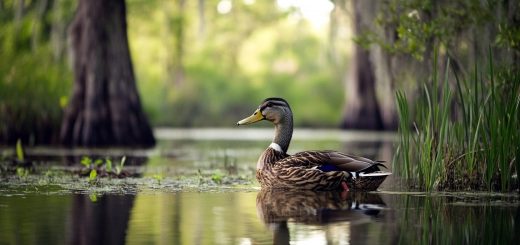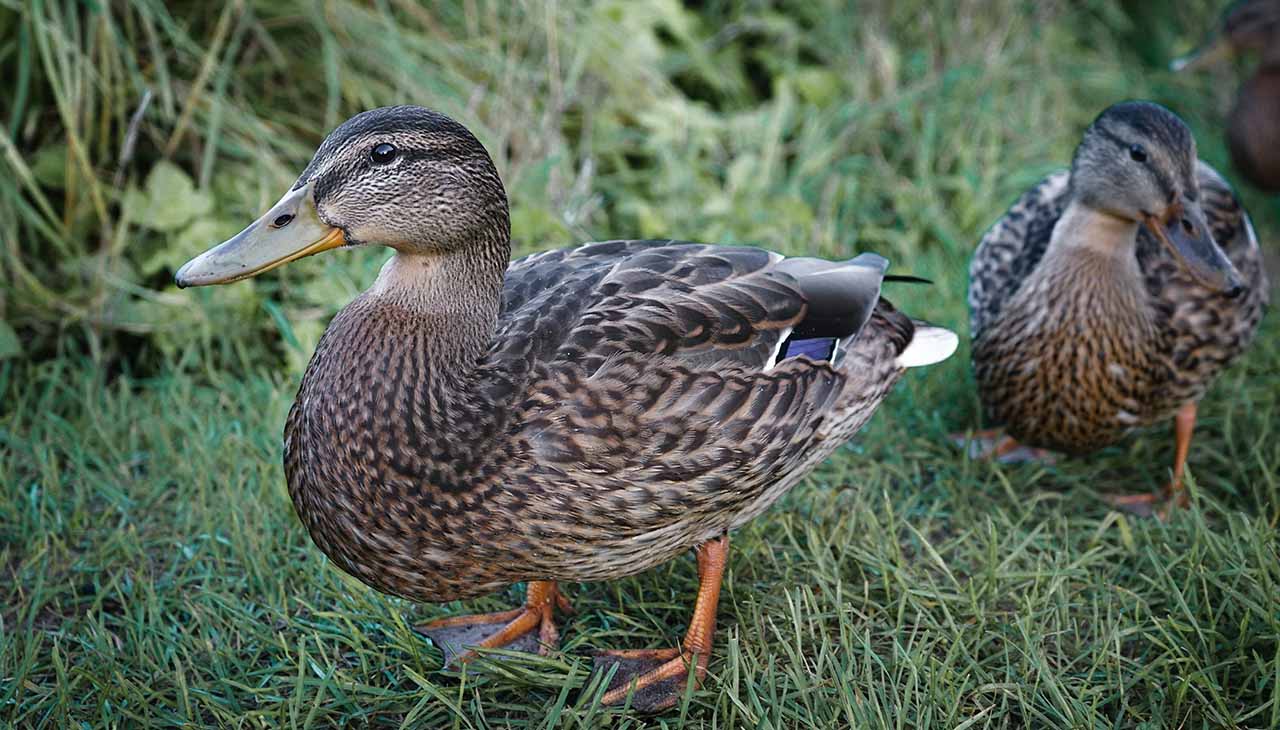Best Time to Hunt Waterfowl
Waterfowl hunting is a pastime cherished by many, offering both a connection to nature and a unique challenge. The success of such an endeavor heavily depends on timing. This document delves into understanding the best times to embark on waterfowl hunting, taking into account various factors including migration patterns, weather conditions, and legal hunting hours. This knowledge can significantly enhance your hunting experience, making it both fruitful and enjoyable.
Morning hunts
Morning hunts typically provide hunters with the most opportunity for success. Waterfowl are usually most active during the early morning hours, often leaving their night roosts to seek out feeding areas. This period, often referred to as the morning flight, is when you’ll likely see the most bird activity. The key to a successful morning hunt is to be set up and ready before dawn. This often means reaching your hunting spot well before sunrise, which can make for an early start to the day. However, the potential for a successful hunt can make the early morning wake-up call well worth it.
Weather conditions
Weather conditions significantly impact waterfowl movements and behaviors, thus affecting hunting success. On clear, sunny days, birds may be less active and more likely to stay in safe, comfortable areas. Conversely, overcast, rainy days often stimulate more movement as waterfowl seek out fresh feeding areas, possibly increasing hunting success. Cold fronts can also trigger migration activity, especially if they bring strong winds from the north. Additionally, foggy conditions may cause waterfowl to fly lower, making them more accessible to hunters. Understanding these weather patterns and adjusting hunting strategies accordingly can enhance the chances of a successful hunt.
Migration periods
The migration periods of waterfowl are an essential factor to consider when planning your hunting expeditions. Generally, waterfowl migration occurs in two major periods: the fall migration and the spring migration. The fall migration usually starts in late summer when the birds begin moving from their breeding grounds in the north to their wintering grounds in the south. This period is when hunting is most prevalent, as regulations generally do not allow spring hunting to protect the species during their breeding season. During the fall migration, waterfowl are typically in large groups, and their flight patterns are more predictable, making this an optimal time for hunting. Observing local patterns and keeping up-to-date with migration reports will help you time your hunts with these peak migration periods, increasing your chances of success.
Pre- and post-front hunting
Hunting before and after weather fronts can significantly impact your success in waterfowl hunting. Before the arrival of a weather front, especially a cold one, waterfowl often feed heavily and are quite active, making this an excellent time to hunt. They seem to sense the impending weather change and take advantage of the time to gather food and energy for the potentially challenging conditions ahead.
In the aftermath of a front, particularly if it has resulted in a significant temperature drop or precipitation, waterfowl may be pushed to new locations. This can result in increased bird activity as they search for new feeding and resting areas, offering fresh opportunities for hunters. However, it’s important to take safety considerations into account when hunting around these times, as weather conditions can change rapidly. Always ensure you are adequately prepared for the weather conditions, and never risk your safety for a hunt.
Scouting
Scouting is an integral part of a successful waterfowl hunting experience. It involves observing and learning about the birds’ feeding and roosting habits, flight patterns, and preferred habitats. This information can greatly assist in deciding the best location and time to set up for a hunt. Regular scouting helps you stay tuned to the changes in waterfowl behavior and habitat preferences as the season progresses and weather conditions change. Scouting can be done from a distance using binoculars or spotting scopes to minimize disturbance to the birds. Recording your observations in a notebook or digital device can also help identify patterns and trends over time. Remember, the more you know about the waterfowl you’re hunting, the greater your chances of a successful hunt.
Conclusion
Waterfowl hunting is an art that balances knowledge, skill, and an understanding of natural rhythms. Timing is a critical aspect of this activity, influenced by factors such as the time of day, weather conditions, and migration periods. Morning hunts, weather changes, and migrating seasons all provide unique opportunities for a successful hunt. Additionally, scouting dramatically increases your understanding of waterfowl behavior, further enhancing your hunting efficiency. Always remember that each hunting experience is an opportunity to learn, adapt, and improve. As you spend more time in the field observing and interacting with nature, you’ll find your hunting skills, knowledge, and enjoyment continually growing.




